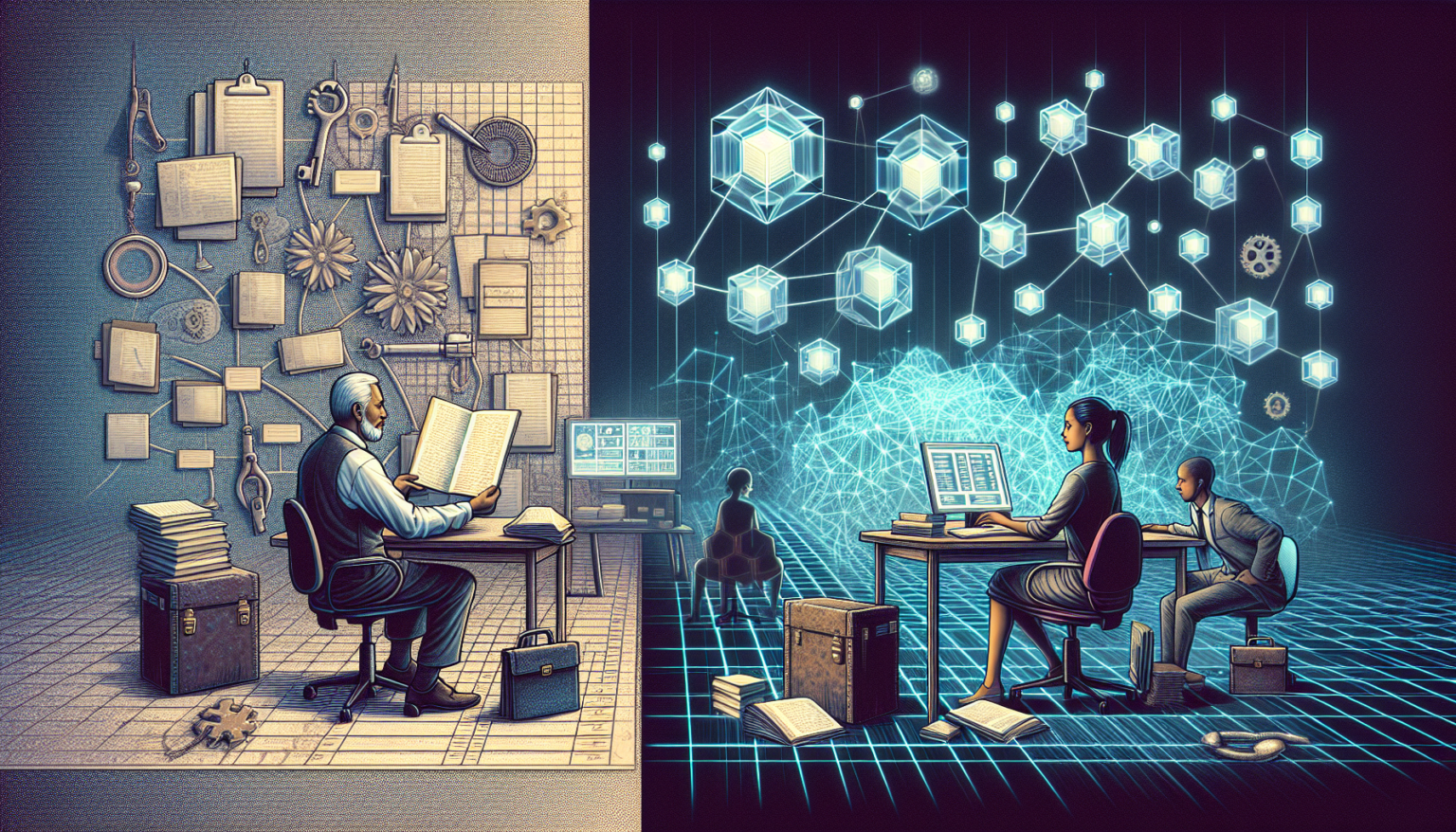Understanding Supply Chain Basics
What is a Supply Chain?
A supply chain encompasses all the steps that are involved in getting a product or service from the initial point of origin to the end consumer. It includes everything from sourcing materials, manufacturing, and logistics to distribution and retailing. These interconnected steps form a complex network where every participant plays a crucial role in ensuring that products are delivered efficiently.
Key Components of a Supply Chain
Sourcing and Procurement
This is the first step in the supply chain process. Companies identify and select suppliers who can provide the raw materials or components they need at the best quality and price. Effective sourcing can significantly influence the overall cost and quality of the final product.
Manufacturing
Once materials are secured, the manufacturing process begins. This involves converting raw materials into finished goods through various processes, including assembly, quality control, and packaging. It’s important for manufacturers to maintain efficiency while also ensuring high standards of quality in their products.
Logistics
Logistics is a critical component of supply chains. It involves the planning and management of transporting goods from suppliers to manufacturers, as well as from manufacturers to retailers and consumers. A well-optimized logistics process can minimize costs and increase delivery speed.
Distribution
Distribution includes the strategies and processes used to deliver products to their final destination. This can involve several channels, including wholesalers, retailers, and e-commerce platforms. Effective distribution strategies help businesses reach their customers more efficiently.
Retail and Customer Service
The final step is bringing the product to the consumer. Retailers play a key role in this phase, as they set prices, manage inventory, and provide customer service. Good customer service is essential for maintaining a positive brand reputation and fostering long-term customer loyalty.
Supply Chain Models
Types of Supply Chain Models
There are various supply chain models that companies can adopt, each tailored to their specific needs and market demands.
Push vs. Pull Supply Chains
In a push supply chain, products are manufactured based on forecasts and pushed towards the consumer. This model works best for stable demand products. Conversely, in a pull supply chain, production is based on actual customer demand, providing more flexibility but potentially increasing lead times.
Integrated Supply Chains
An integrated supply chain focuses on collaboration among all supply chain partners. Information flows seamlessly across the supply chain, allowing for better alignment in production schedules, inventory management, and customer requirements.
Agile Supply Chains
Agile supply chains are highly responsive to market changes. This model is particularly beneficial in industries that experience fluctuating demands, enabling companies to adjust quickly to consumer preferences and market trends.
Importance of Supply Chain Management
The Role of Supply Chain Management
Supply chain management (SCM) involves overseeing and managing every facet of the supply chain to maximize efficiency and minimize costs. SCM plays a vital role in ensuring that businesses can operate smoothly and respond effectively to market demands.
Benefits of Effective Supply Chain Management
Cost Reduction
By optimizing processes and logistics, companies can significantly reduce costs associated with production, transportation, and inventory management.
Improved Efficiency
SCM helps streamline operations, enabling companies to improve productivity and reduce waste. This can lead to faster turnaround times and enhanced customer satisfaction.
Enhanced Customer Satisfaction
With a well-managed supply chain, businesses can ensure timely delivery of products, meet customer expectations, and ultimately improve customer loyalty.
Challenges in Supply Chain Management
Common Supply Chain Challenges
Despite the best efforts, managing a supply chain can come with its own set of challenges.
Globalization
As companies expand their operations globally, managing supply chains across different countries becomes increasingly complex. Issues such as varying regulations, tariffs, and cultural differences can pose significant hurdles.
Supply Chain Disruptions
Unexpected disruptions, whether due to natural disasters, political instability, or pandemics, can severely impact supply chains. Companies must develop risk mitigation strategies to manage these uncertainties.
Technological Changes
With rapid technological advancements, businesses face the challenge of keeping up with new tools and systems. Adapting to new technologies can be resource-intensive and requires continuous training.
Trends Shaping the Future of Supply Chains
Automation and AI in Supply Chains
Automation and artificial intelligence are revolutionizing supply chain operations. From inventory management to predictive analytics, these technologies enhance efficiency and reduce human error.
Data Analytics
The use of big data analytics allows businesses to gain valuable insights into consumer behavior and supply chain performance. This information can help companies make more informed decisions and anticipate market changes.
Sustainability in Supply Chains
As consumers become more environmentally conscious, businesses are being pressured to adopt sustainable practices within their supply chains. This includes sourcing materials responsibly and minimizing waste throughout the production and distribution processes.
Supply Chain Resilience
The recent global disruptions have prompted companies to reassess and build more resilient supply chains. This includes diversifying suppliers, increasing inventory buffers, and investing in technology to enhance visibility throughout the supply chain.
Conclusion
Understanding the intricacies of supply chains is crucial for businesses, especially in today’s fast-paced, globalized market. As companies navigate various challenges and trends, a focus on effective supply chain management can lead to improved efficiency, cost savings, and enhanced customer satisfaction. By keeping up with emerging technologies and sustainability practices, businesses can position themselves for long-term success in the supply chain landscape.








